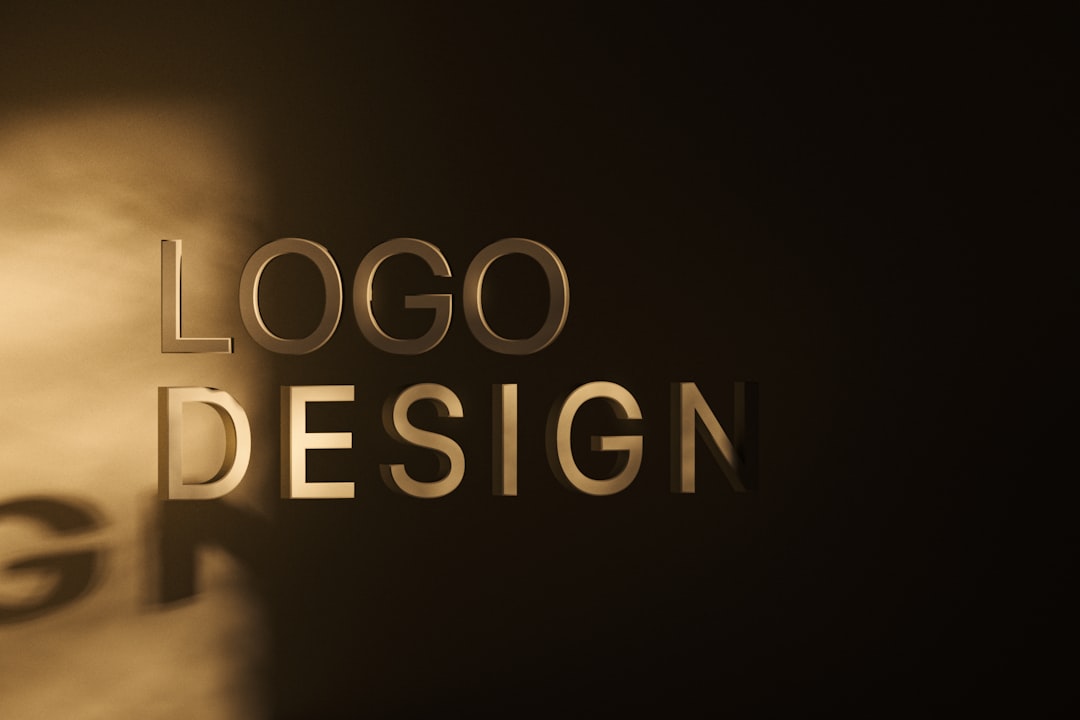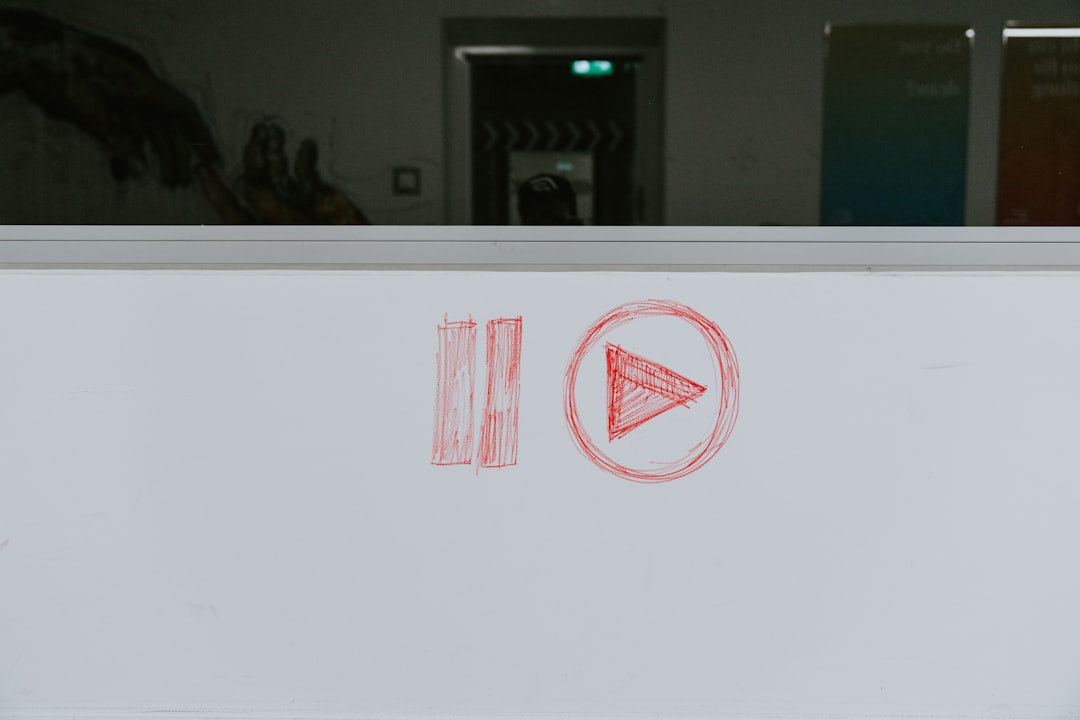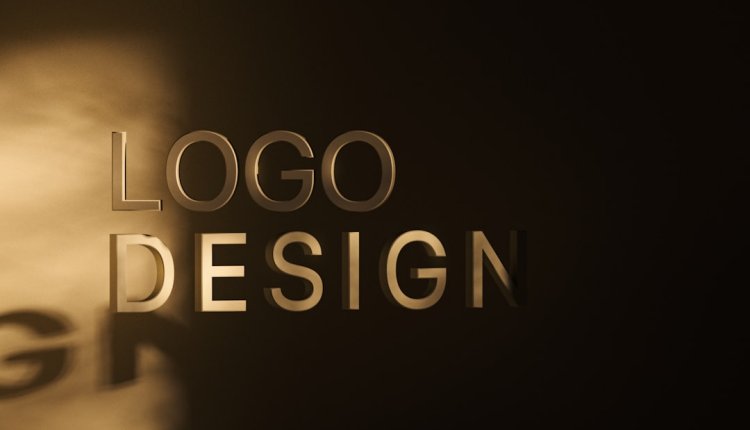Craiyon AI Outputting Random Backgrounds and How Layered Masking Techniques Enable Predictable Results
Generative AI has transformed how art and graphic content are produced, enabling users to create compelling visuals from simple text prompts. Among these tools, Craiyon (formerly known as DALL·E Mini) stands out for its accessibility and speed. However, users and developers have encountered one recurring challenge—its tendency to produce random and sometimes incoherent backgrounds. This unpredictability becomes a hurdle for those aiming for consistency or professional output. Fortunately, layered masking techniques have emerged as a reliable method to overcome this randomness and deliver more controlled and predictable results.
TL;DR
Craiyon often outputs unpredictable background elements with generated images, which can limit its utility in consistent design applications. By implementing layered masking techniques and prompt engineering, users can isolate subjects and control their appearance within specific visual parameters. This leads to greater precision, particularly when combining AI imagery with other media or creating uniform artistic outputs. Techniques that once required Photoshop-level expertise can now be semi-automated through AI tools and thoughtful prompt construction.
Understanding the Problem: Random Backgrounds in Craiyon
At its core, Craiyon generates images from text using deep learning models trained on vast datasets. While this allows for creativity and spontaneity, it also results in unpredictable image elements, particularly in the backgrounds.
- Lack of semantic focus: Craiyon’s models often struggle to distinguish between foreground and background, mixing conceptual elements indiscriminately.
- No depth prioritization: Unlike human artists, the AI lacks innate understanding of spatial arrangement, leading to erratic patterns in background to foreground transition.
- Training bias: Because the model is trained on publicly sourced images, it reflects the noise and inconsistencies from that data—sometimes introducing bizarre or unrelated background features.
For everyday users, these deficiencies can diminish the value of generated images, especially when clean or uniform scenes are required.

What Are Layered Masking Techniques?
To mitigate the chaotic background behavior, digital artists and AI users have borrowed a technique common in photo editing and computer graphics known as layered masking. A mask is a way to isolate parts of an image—revealing only the portions desired, while hiding others without permanent deletion.
Layered masking in an AI context involves three primary actions:
- Object Isolation: Using AI or manual assistance to separate the subject from the background.
- Segmentation: Dividing the image into distinct layers (e.g., background, midground, and foreground) for targeted editing.
- Replacement or Enhancement: Swapping or adjusting each layer independently to introduce consistency.
Thanks to advances in AI post-processing tools, this is no longer a purely manual process. Models trained for semantic segmentation can automatically identify a subject such as “a car” or “a dog”, allowing the background to be blurred, removed, or replaced with a solid color or a more relevant contextual scene.
Combining Prompt Engineering with Masking
Beyond image editing, users can influence Craiyon’s output through prompt engineering—intelligently crafting text prompts to achieve a more manageable layout. This is especially effective when combined with masking to produce structured compositions.
Consider this example:
Prompt 1: “A yellow bicycle in a park.”
Prompt 2: “A yellow bicycle, isolated, plain white background.”
While the first prompt may generate a lovely, albeit chaotic, outdoor setting, the second prompt pushes the AI to focus solely on the subject, potentially offering a cleaner segmentation option for further processing.
The AI Workflow: Step-by-Step for Predictable Results
Creating images with reduced randomness in the background involves a strategic workflow. Below is a typical sequence used by creatives and businesses:
1. Craft a Targeted Prompt
Use descriptors like “isolated object,” “white studio background,” or “minimal setting” to minimize background detail.
2. Generate Multiple Variations
Craiyon’s variability can work in your favor here—output several variations to select the cleanest version.
3. Apply Semantic Masking
Feed the chosen image into a masking tool such as Remove.bg, Photoshop AI, or Hugging Face segmentation models to isolate the subject.
4. Replace the Background
Once isolated, you can replace the background with a color field, texture, or hand-designed visual that matches brand or narrative needs.
5. Integrate into Composite Projects
The final processed image, freed from randomness, can now seamlessly integrate into advertisements, UI mockups, or digital art layouts.

Benefits of Predictable AI Outputs
For users in marketing, publishing, UI/UX, and education, the ability to generate predictable visual patterns from AI tools is invaluable. It supports:
- Brand Consistency: Avoids jarring background shifts when using AI-generated images across campaigns.
- Production Scalability: Reduces time spent editing each image manually.
- Creative Control: Designers can focus on subject poses and expressions, leaving the background to be stylized as needed.
Moreover, this empowers less-technical creators to achieve nearly studio-grade results without investing heavily in software or expertise.
Limitations and Considerations
Despite its benefits, the process isn’t flawless. Craiyon lacks an internal structure for layering, so all masking must occur in post. Additionally, masking tools may struggle with edge details like hair or transparency. Some tips to manage expectations include:
- Use simpler backgrounds when possible to minimize unwanted detail.
- Choose subjects with distinct color contrast from layers behind them.
- Refine masks manually if working on high-value outputs like product photos or book covers.
Future Outlook: AI with Built-In Layering
As research progresses, future iterations of generative models like Craiyon may include built-in layered rendering, similar to how 3D graphic tools manage each object individually. This would eliminate many of today’s pain points.
Platforms are already experimenting with “inpainting” and “outpainting,” which suggest an evolution toward modular image generation—a potential game-changer for creative professionals.
Frequently Asked Questions (FAQ)
-
Q: Why do Craiyon-generated images have weird or irrelevant backgrounds?
A: Craiyon doesn’t distinguish well between subject and setting. It’s trained on mixed datasets, causing it to associate incorrect or noisy backgrounds with many prompts. -
Q: Can I request no background in a Craiyon prompt?
A: You can guide the output by using phrases like “on a plain white background” or “isolated object,” though results can still vary. -
Q: What is layered masking?
A: It’s a method of splitting an image into separate sections (layers) using masks so parts can be individually edited or replaced. -
Q: Are there tools that automate this masking process?
A: Yes. Tools like remove.bg, Fotor AI Cutout, and Photoshop’s AI selection features can isolate subjects with minimal effort. -
Q: Will future AI tools solve the background randomness problem on their own?
A: Likely. Innovations in dual-stream models and scene control are already under development to provide creators with greater design control out of the box.
In conclusion, while Craiyon and other generative AIs still fall short in producing consistent backgrounds, layered masking combined with thoughtful prompt curation provides a robust workaround. This evolving synergy between AI generation and post-processing is opening new creative possibilities—and pointing the way to an even more controlled future in image synthesis.

Comments are closed, but trackbacks and pingbacks are open.